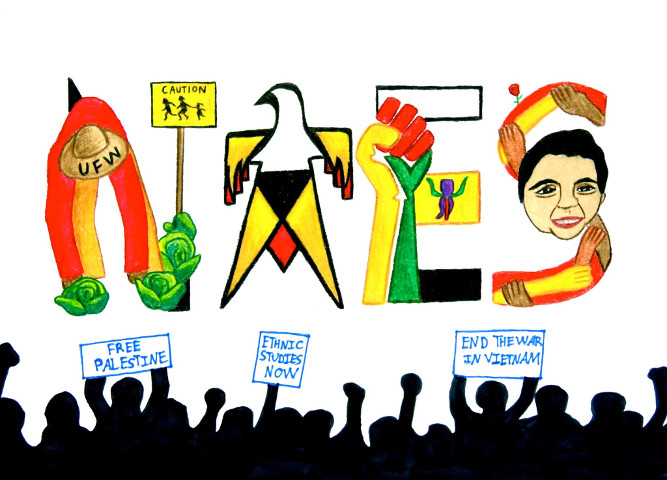Explorations in Sights and Sounds

[Review of] C. Peter Ripley, ed. The Black Abolitionist Papers, Vol. 1: The British Isles, 1830-1865
Orginal Publication Date
1988
Journal Title
Explorations in Sights and Sounds
Volume
8
Issue
ess/vol8/iss1
First Page
71
Last Page
72
Abstract
From 1830 until 1865, hundreds of American, Canadian, and West Indian blacks went to the British Isles and became active in the antislavery movement, which in 1833 reached a peak there with abolition of slavery in the Empire but was only beginning to gain momentum in the United States. They represented the full spectrum of free or fugitive Western Hemisphere blacks: some were well-known antislavery speakers and writers such as Frederick Douglass and Martin Delany; others were originally unknowns such as John Andrew Jackson, who spoke in "the peculiar broken dialect of the negro," and John Brown, whose language was "of the rudest but most impressive character." A few, as for example William Nixon, resorted to fraud and were imprisoned, or, like Alexander Duval, were reduced to begging in the streets of London. Several were women, most notably Ellen Craft and Sarah Remond.
Rights
Copyright, ©EES, The National Association for Ethnic Studies, 1988


